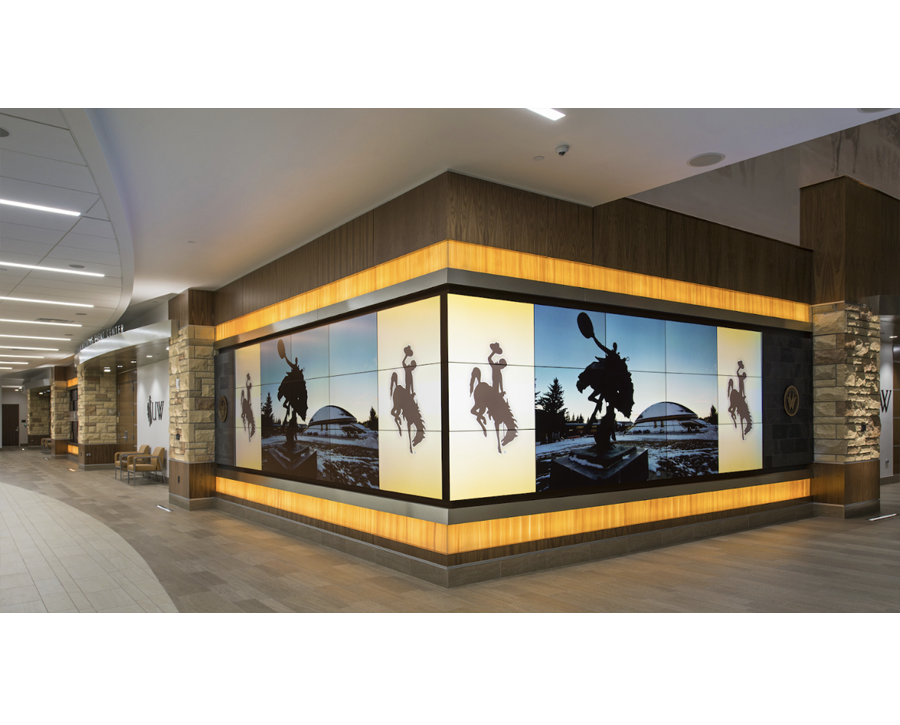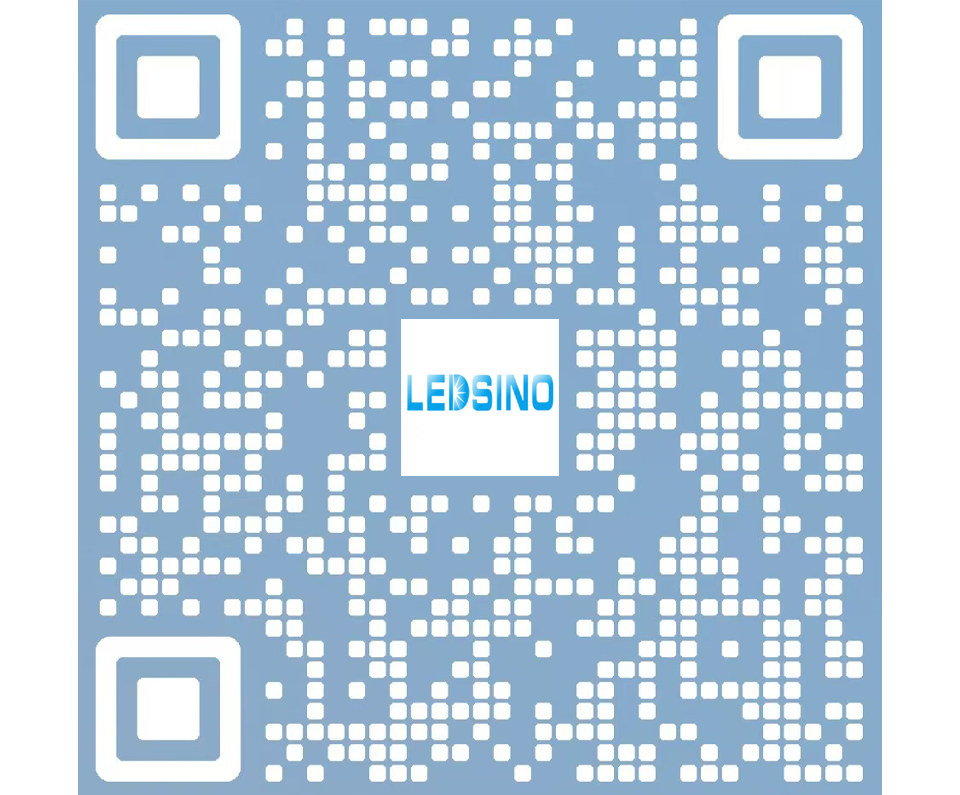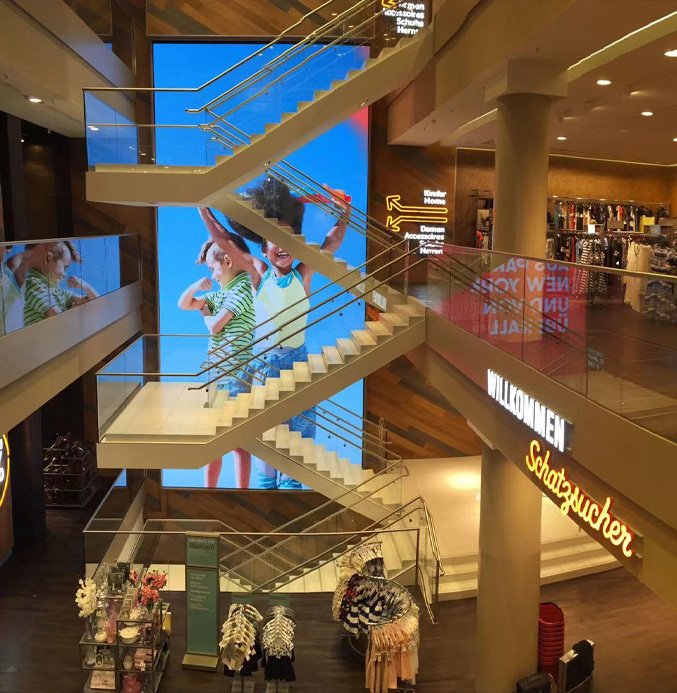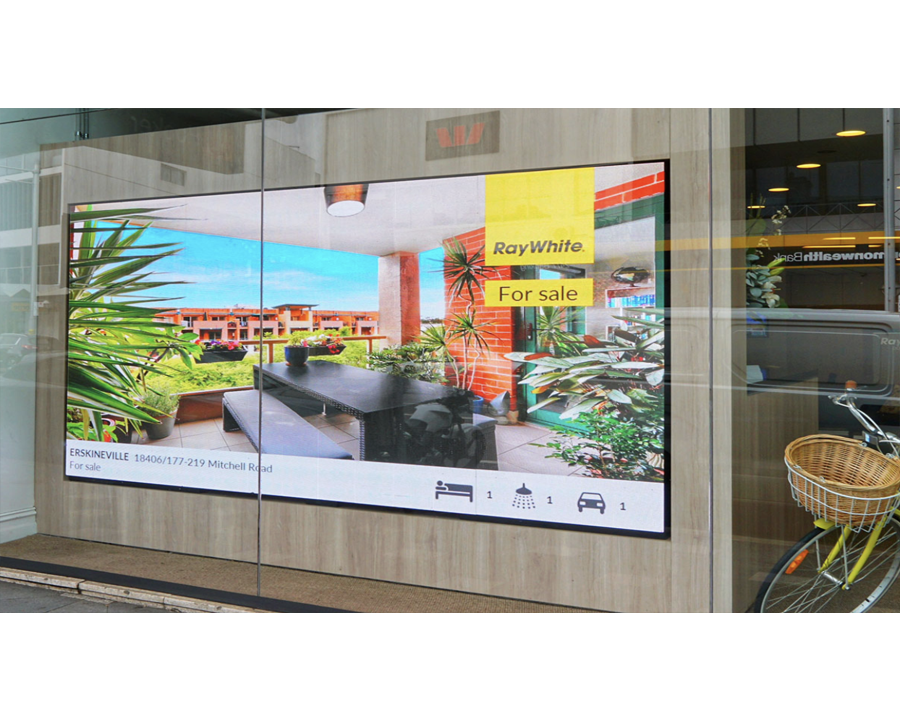
Shop display screens have become among the most important tools for capturing customer attention in modern retail. But can a screen really boost your retail sales? Let’s explore how dynamic, digitally enabled display solutions can help transform your retail strategy and lead to higher sales.
What Is a Shop Display Screen?
The digital display system is used in the retail environment for ads, promotional content, or information about the product itself. It could even be interactive. Unlike traditional signage, which relies on static, printed materials to convey communication. These screens use advanced technologies that provide dynamic and engaging content.
Shop display screens are made in a number of formats. Some are designed for use within stores, while others can be installed in windows or in vehicles. Popular examples include the LED transparent display. Which can showcase brilliant advertisement screens with unbroken views of the interior store.
The LED window display, which can be fixed on each storefront to arrest the eyeballs of passersby. These screens use LED technology that’s known for energy efficiency and the capability for brightness.
Probably the most interesting feature in modern shop display screens is their ability to change their content in real time. Whether it is about announcing a flash sale or showing product availability. Digital signage allows you to make the changes on the spur of the moment.
And it is at this point that tools like the car window LED display and LED car rear window digital display come into play. These mobile advertising screens will reach your promotions to your clients while on the move. Combine traditional static displays with the modern way of digital signage for better engagement of your audience.
How Shop Display Screens Enhance Customer Experience
Customer experience is one of the most driven aspects in sales. To make an experience worth remembering. Shopping has to be able to catch and hold attention. Shop display screens will do this in ways that mere static signage cannot.
Dynamic Visuals
The main strengths of shop display screens are related to the dynamic visuals they provide. Motion, animation, high-definition images-each tends to capture attention better compared to static signs. For example, the see-through feature of transparent LED film in an LED display would let an advertisement or product promotion not block a view into a stop.
Hence letting an inside view to be part of an outdoor presentation when that inside is as relevant to promote as the advertisements. These displays are meant to be fascinating. Moving images that capture people’s attention as they pass by and will turn them into potential customers.
This dynamic capability extends far beyond simple animation. You can show your products in action through high-quality visuals that demonstrate their benefits and features.
Be it a product demonstration on an LED car rear window display or a promotional video on an in-store screen, dynamic content tends to have more effect compared to print ads. When customers are surrounded by interesting visuals, it’s easier for them to relate to the products or brand.
Targeted Messaging:
Another big plus of digital displays is that they deliver messages in context. Most traditional signage makes use of general content that might not appeal to everyone. With a shop display screen, though, you can modify messages depending on the time of day. For different demographics in customers, or for product-specific promotions.
For instance, a LED window display can run different ads at different times of the day. In the morning, businesses could flash offers related to breakfast or coffee to attract early bird commuters. Later in the day, it may show dinner specials or some in-store sales events. This would involve real-time content management to make sure that the messaging always keeps the relevance going. Which drives customers’ interest and thereby dictates purchasing behavior.
Real-Time Updates
Another powerful capability with store display screens is real-time updating of the content. Besides that, if any product goes out of stock or you want to highlight any new arrival. You can change the content on your screens instantly.
This is most helpful for events or sales with timelines. Whether it’s displaying a limited-time offer on an LED transparent display or informing customers about an upcoming flash sale using your car window LED display. This immediate adaptability empowers you to make messages fresh and timely.
The Connection Between Shop Display Screens And Increased Sales
This therefore begs the million-dollar question on whether these display screens can convert into more sales for any given retailer. The simple answer is yes, since a multitude of research works. So far have arrived at the fact that digital signage actually has a positive, direct effect on retail performance.
Enhancing Customer Engagement
Arguably one of the most striking ways whereby shop display screens enhance sales pertains to improving customer engagement. This would make them stay around your shop for more time. Know a lot about your products, and most probably purchase some. Quite a number of research findings prove that dynamic digital signage increases engagement as much as 60%.
With highly engaging information, the customer shall in every way stop and create engagement with the display. For example, a see-through display consisting of an LED display with jocular and interactive advertisement. This would catch the attention of the customer and lure him to enter inside the shop. Apart from the fact, he is most probably in the mood to browse and ultimately ends up purchasing something.
Impulse Sales
Shop display screens induce impulse buying to a very great extent. Strategically placed digital signage can light off unplanned buying behavior. This may be, for example, through a limited time offer on a transparent LED screen or an LED window screen. A person is always more likely to make a purchase out of the feeling that something is going to be rarer.
Also, inasmuch as these screens are active. They can make the showcasing of products more appealing than they actually are. An ad featuring an offer or a product demo, well-placed on an LED display on the back of a car, drives the customer to your store, or even better, inspires an immediate purchase.
Reach Through Mobile Advertising
Aside from in store displays, car window LED display, rear window LED display of cars provides mobile advertisements that take your products’ promotion onto the road. It’s about taking customers on the go-improving visibility for brands and reinforcing that message in real time. Whether it is a pedestrian passing or a motorist passing by. Promotions come to the doorstep of potential customers in this novelty form of advertising.
Various studies have proved that car window LED signs reach a higher audience. A LED mobile display will help you reach more customers where they are.
Key Factors to Consider When Selecting a Screen for Shop Displays
Choosing the right screen is key to the result expected from sales. Ensuring this is effective, a number of things one should consider include:
Screen Size
For small shops, you can install either a LED transparent display or LED window display so that visibility is not poor. Yet content will also be provided. You may attach multiple numbers of screens around the area for large stores. In case you are to utilize a car window LED sign or car rear window LED display. Take into consideration the vehicle model and the area to mount the screen display.
Resolution
High-resolution screens are the only way to ensure that your visuals appear sharp and clear. On low-resolution displays, the content is going to appear blurred. Hence reducing the potential impact of your message. Professional displays should have high pixel density and clarity in order to make promotional content look polished and catchy.
Placement
LED window displays work well for storefronts. While car window LED displays are perfect for mobile advertising. Think about where your target audience spends their time and position your displays accordingly.
Content Management System (CMS)
The next important factor is the Content Management System through which you control the screens’ display in your shop. This must be user-friendly, able to schedule content, grant updates for remote displays, and track performance. With a good CMS, screens should never run old or irrelevant content. Which your audience can identify.
How to Incorporate Shop Display Screens into Your Retail Strategy
To effectively include shop display screens in your retail strategy, following are the key steps involved:
Define Your Goals
First, you need to identify what exactly you want to achieve. Whether it is increasing footfall, offering certain products, or developing brand awareness. This clear identification of your goals will assist you in reaching a decision on display type and appropriate content.
Create Engaging Content
On the screens, display material that would look great to your audiences and target segment. Also, use images, great animations, and calls-to-action clear enough to entice people to buy from you. Testing of formats for what feels the most relevant to product demonstration or customer testimonials.
Select the Right Placement
Display them in places where they can realize maximum visibility. In the window, at the door, or on a mobile campaign. Your display should be put out in places where it can be noticed by customers.
Measure Effectiveness
Measure screen performance through key metrics such as footfall, sales, and engagement. Based on these metrics, make data-driven decisions about content and placement. Adapt everything to what will really work for your store and audience.
Conclusion
Retail display screens, including LED transparent displays and car window LED signs, power retail sales. These tools are a means to increase customer interaction for impulse buys through the display of dynamic content with targeted messaging. With their integration into your retail strategy. Your sales and customer satisfaction grow.

Enter the digital world with our advanced display technologies.


